Manuscript from the Divan and display placard - Freer Gallery of Art Collection, National Museum of Asian Art in Washington, DC . All photos by L. Micciche, 2024

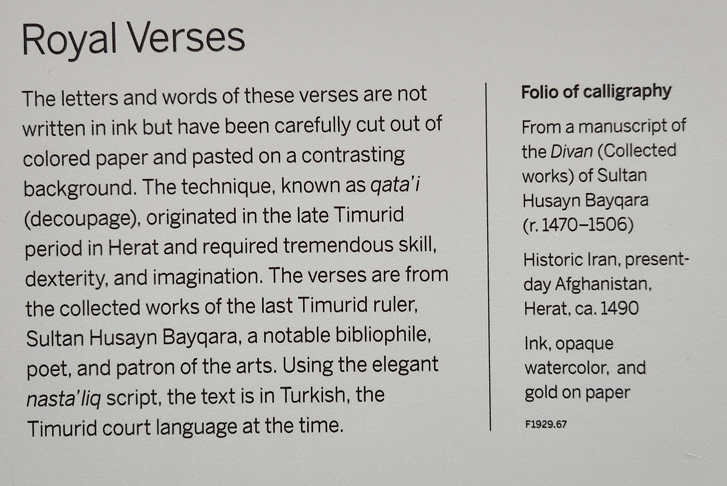
Close up photos of the Divan.


Appendix B: Arabic lettering and scripts
Diagram of the “six pens”, the six classical proportional Arabic scripts used in Islamic calligraphy.
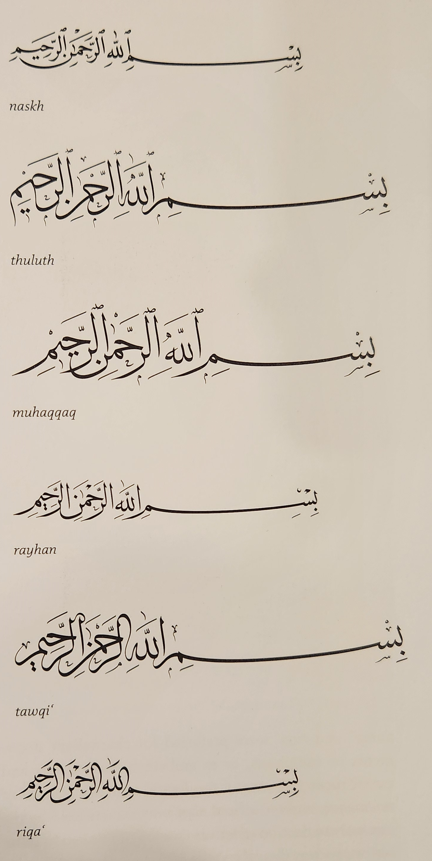
Diagram of the regional scripts: maghribi (used in Spain and North Africa) and nasta’liq (used in Central Asia from Mughal India to Ottoman Turkey)

Appendix C: Examples of Pigment Sources
The following are examples of the raw/source materials for non-earth pigments used in period that can be found in and around modern day Afghanistan. Janet Annenberg Hooker Hall of Geology, Gems, and Minerals, National Museum of Natural History in Washington D.C. All photos by L. Micciche, 2025.
Cinnabar HgS - red pigment
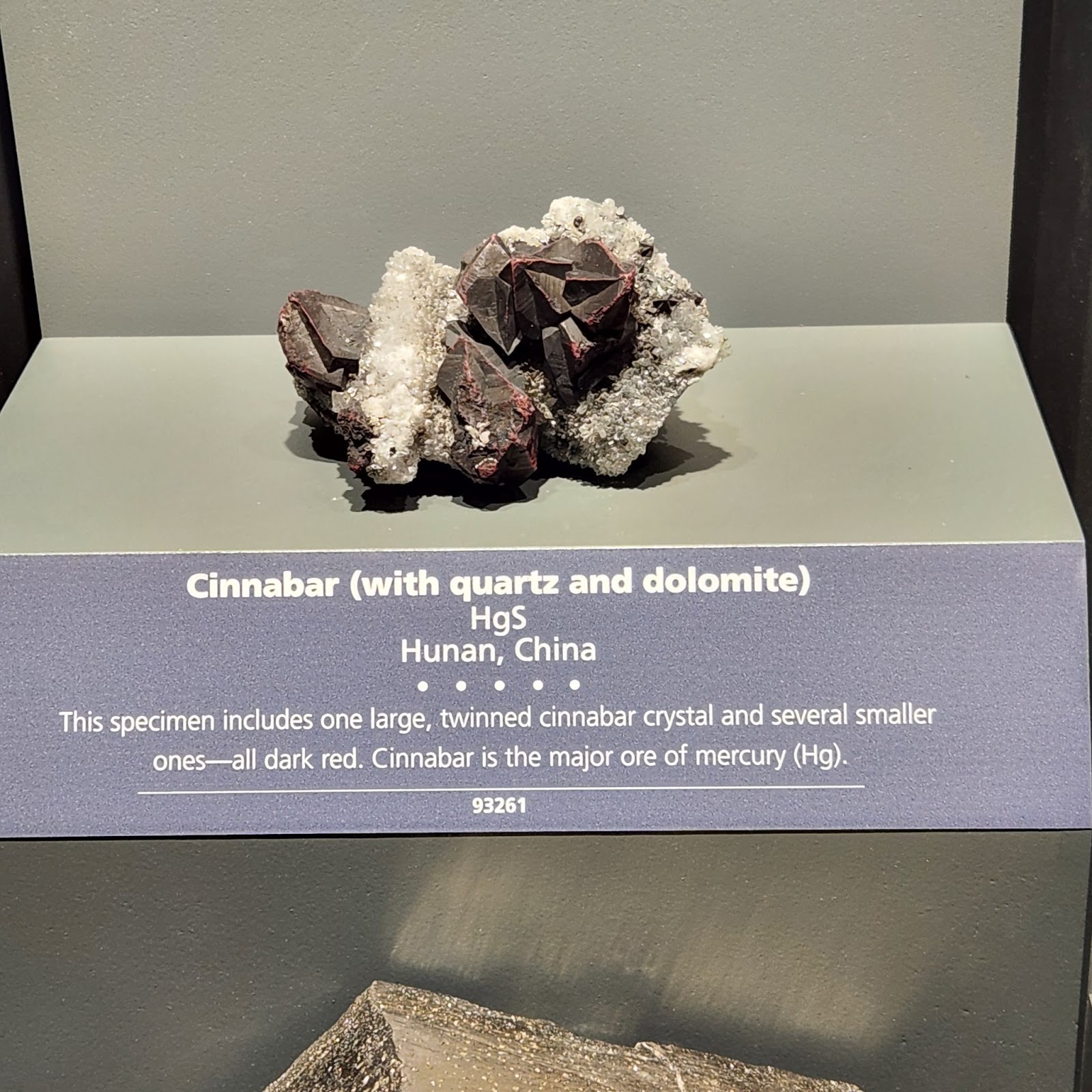
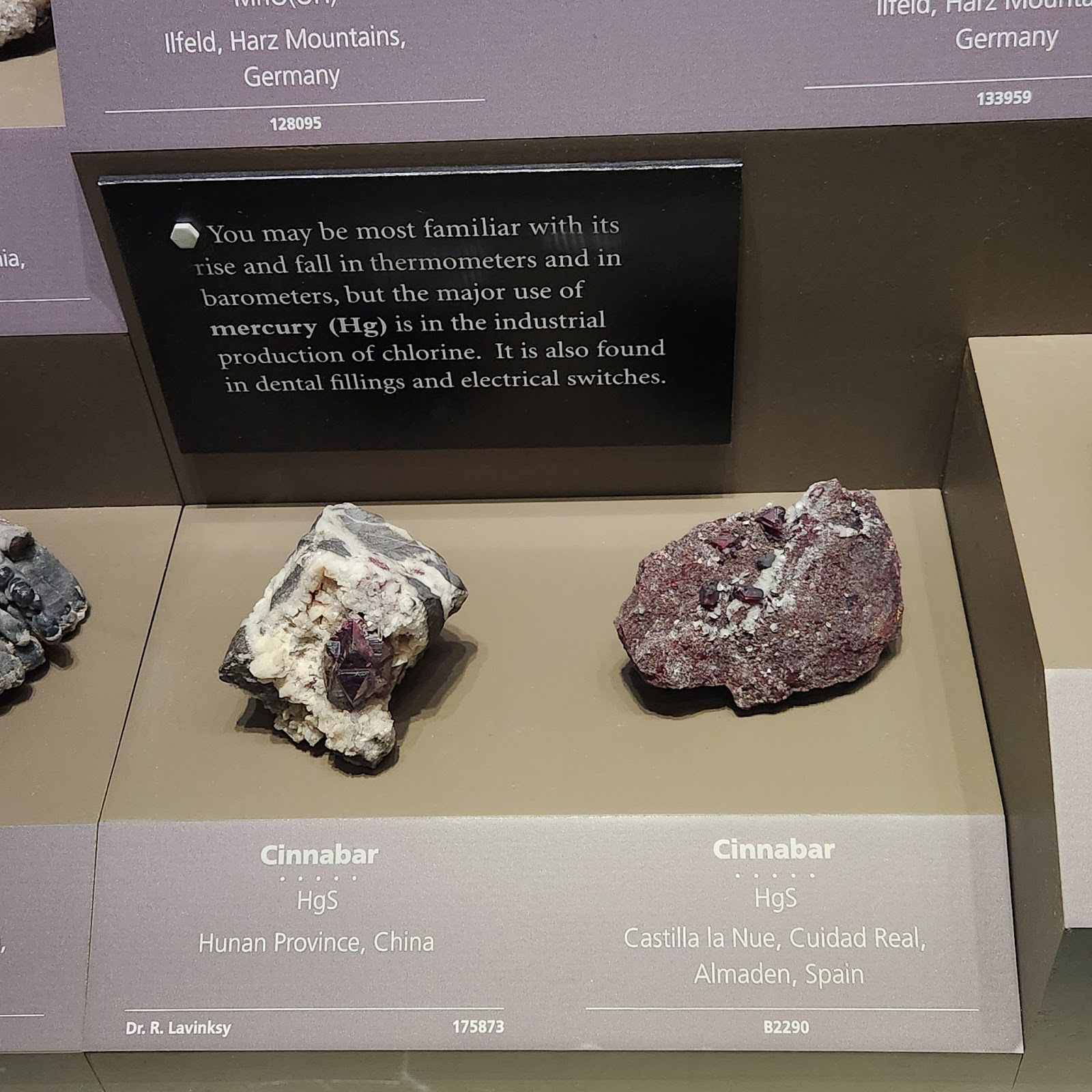
Orpiment As2S3 - yellow pigment
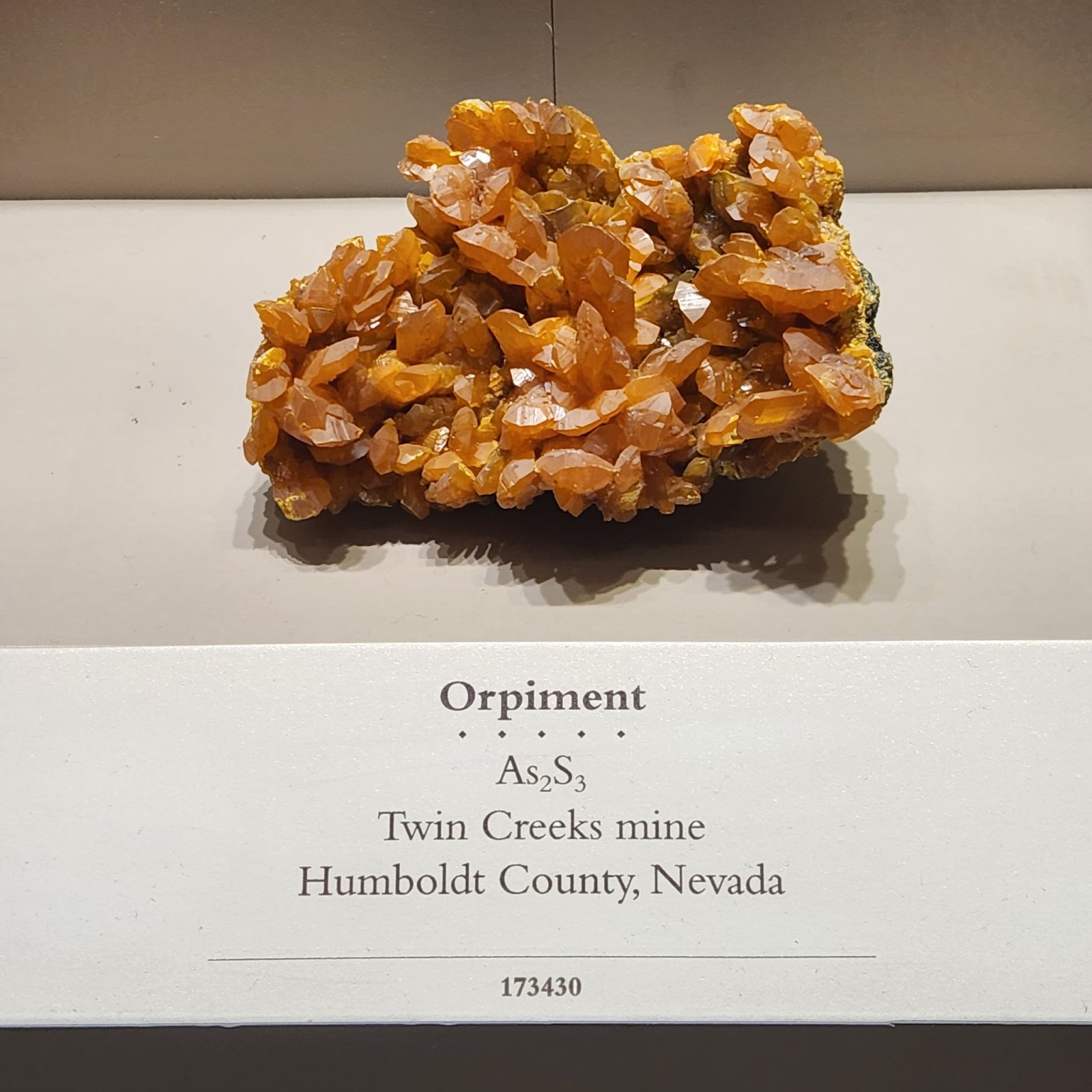
Malachite Cu2(CO3)(OH)2 - green pigment
Also included are examples of malachite with azurite inclusions
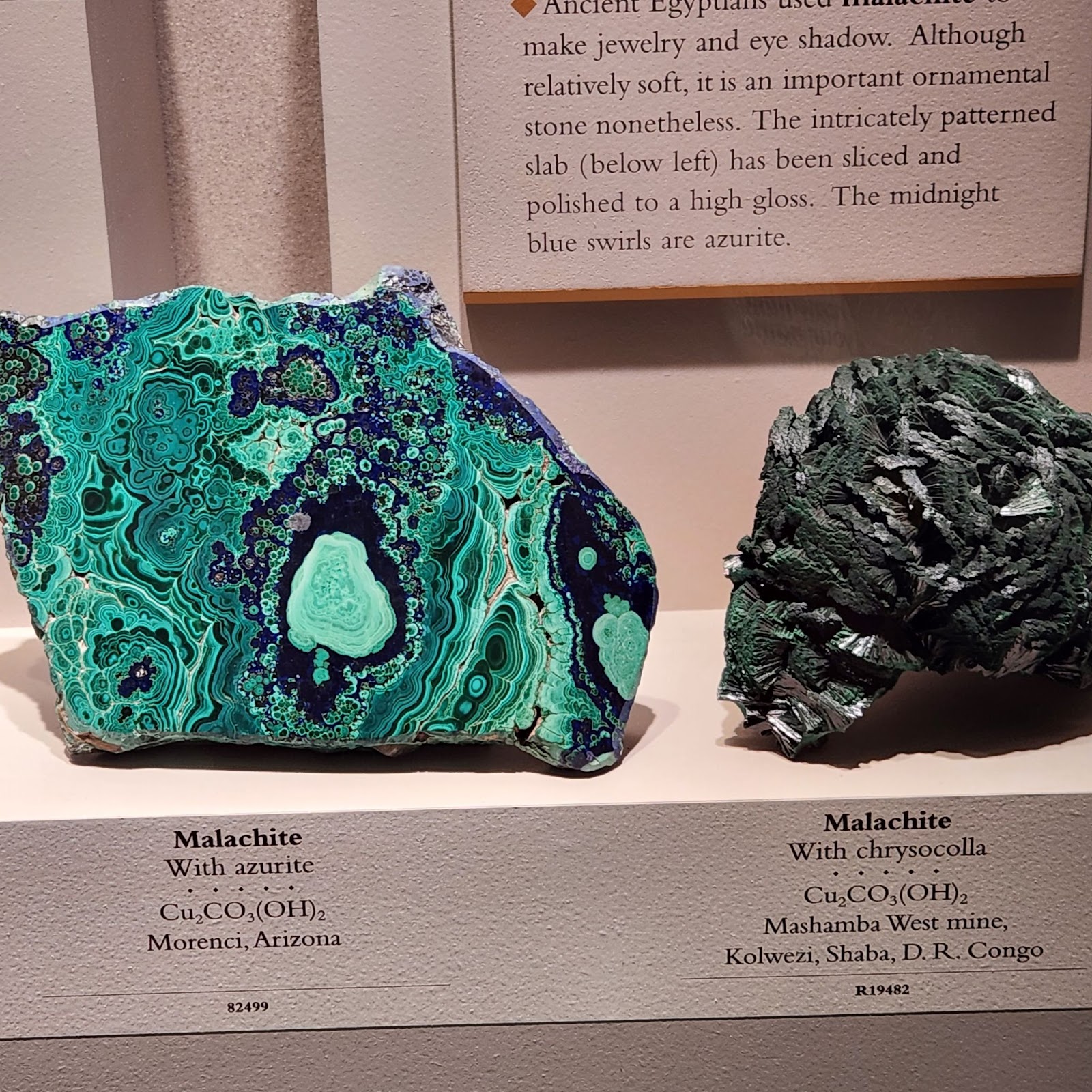
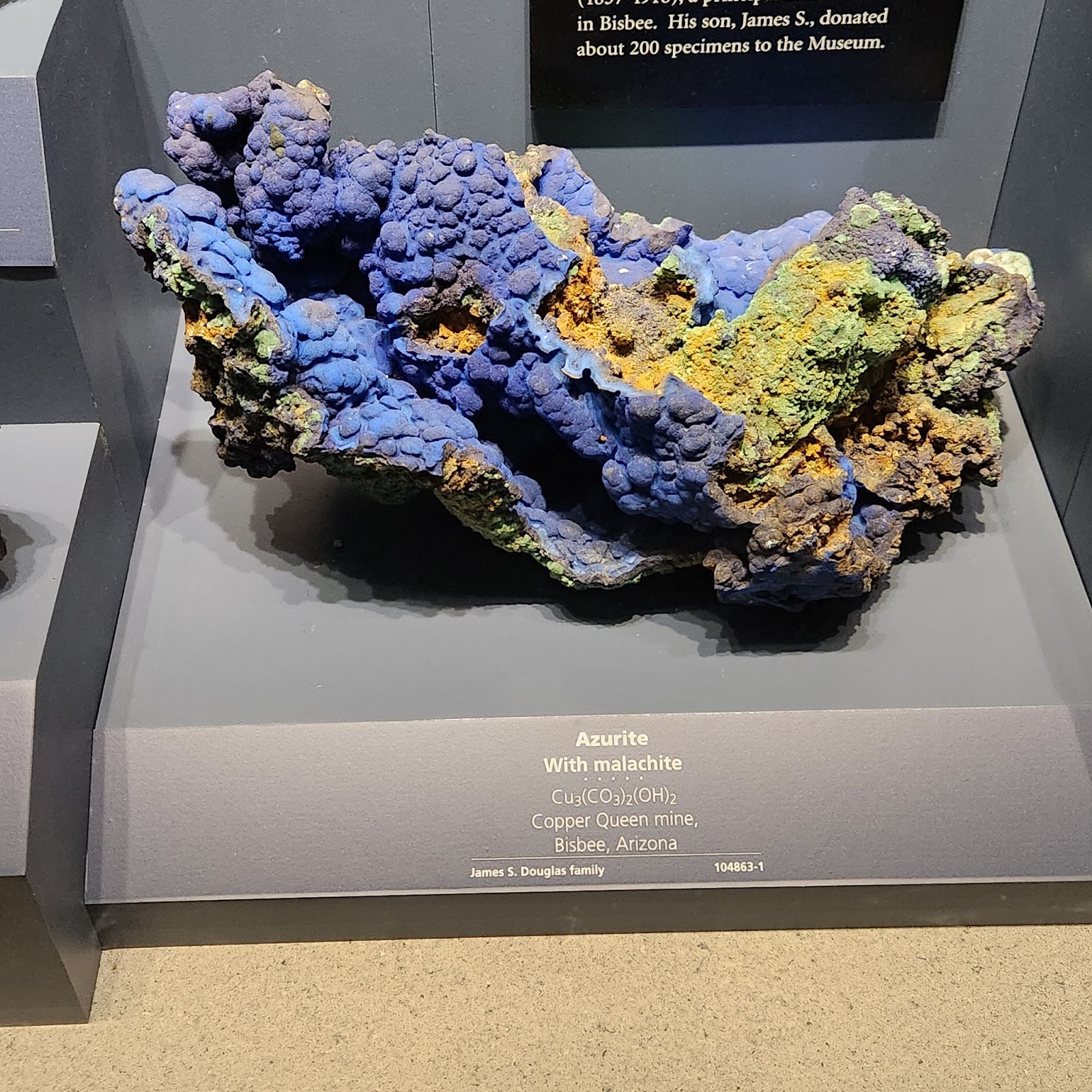
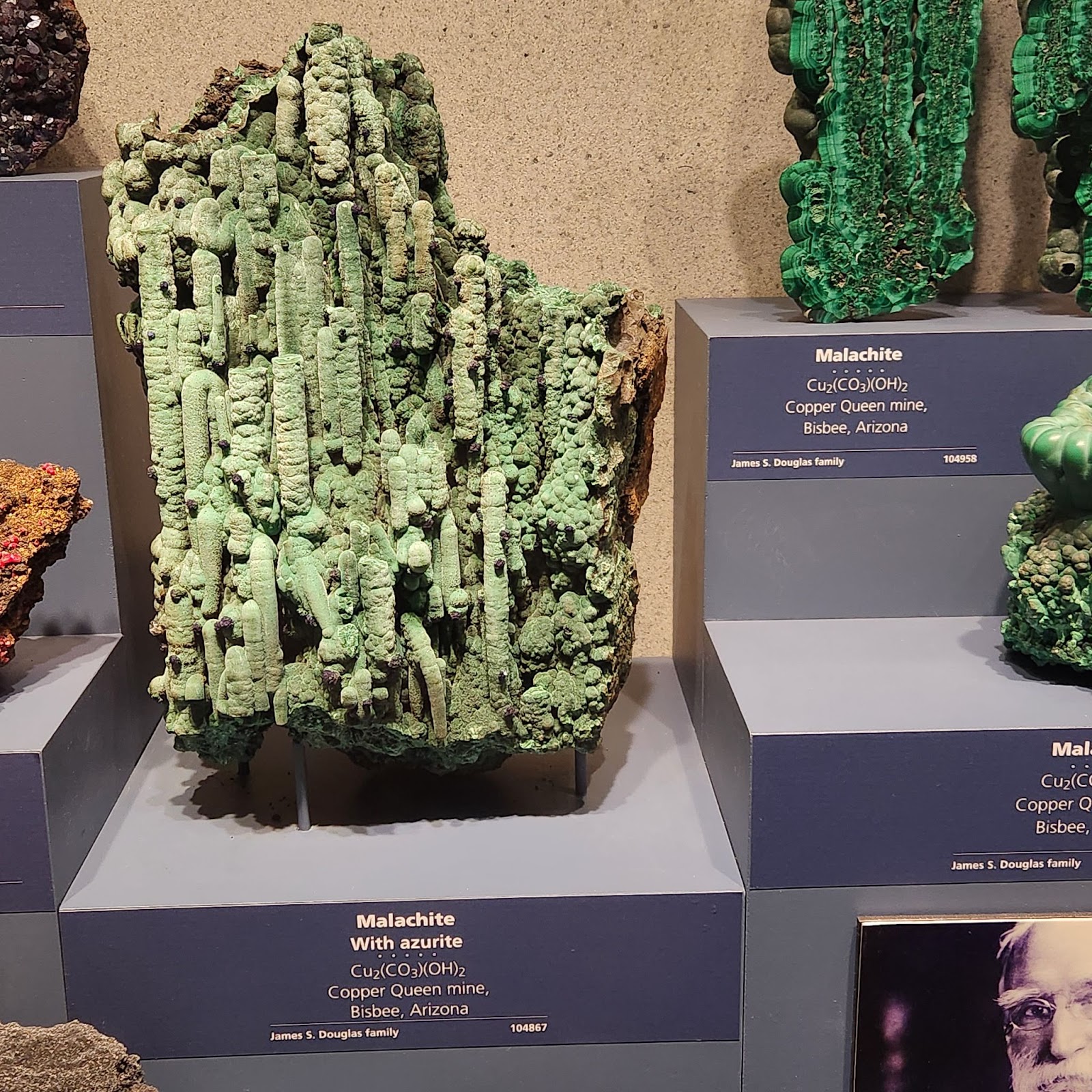
Lazurite and Lapis Lazuli Na6Ca2[Al6Si6O24]S2 - blue pigment
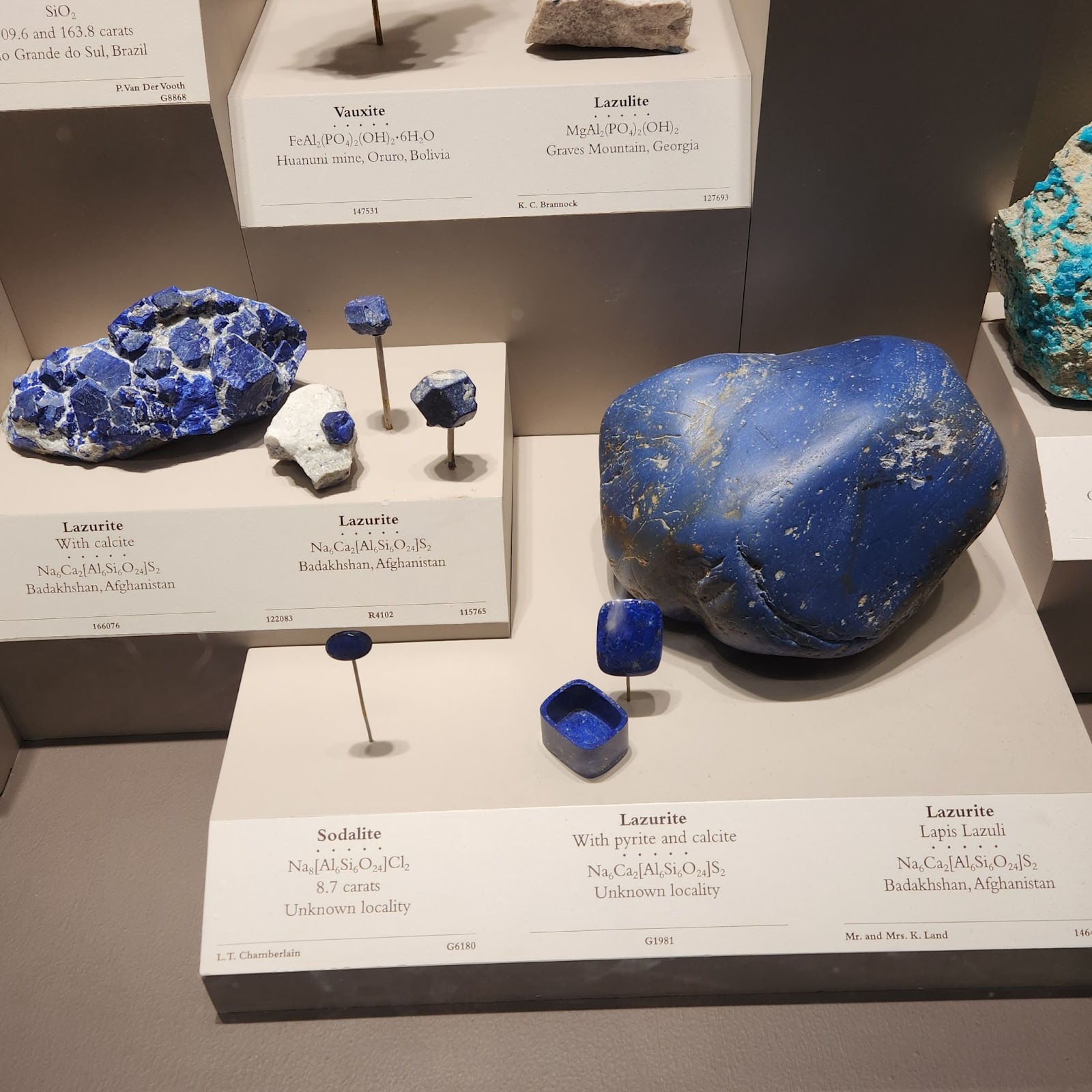
Azurite Cu3(CO3)(OH)2 - blue pigment
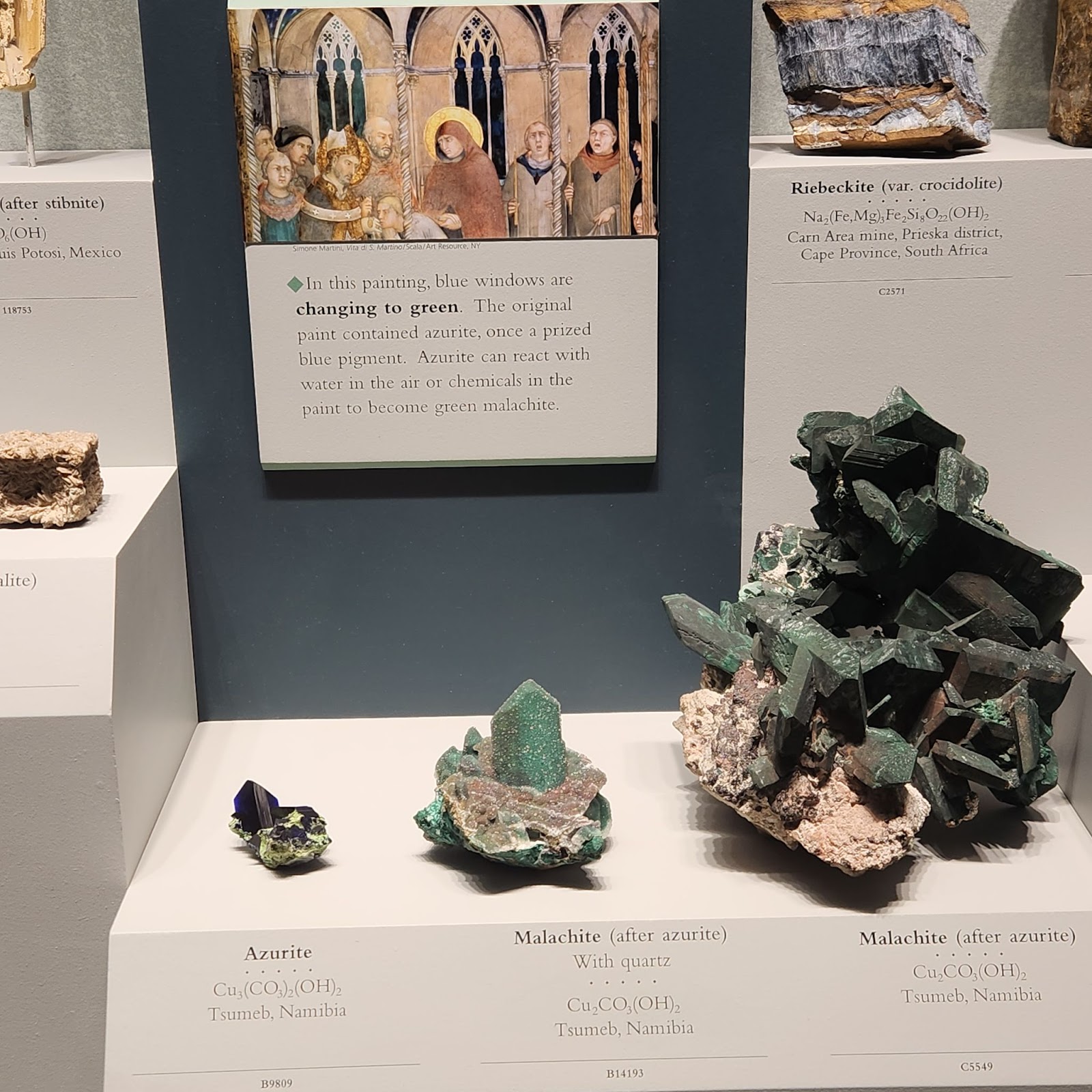
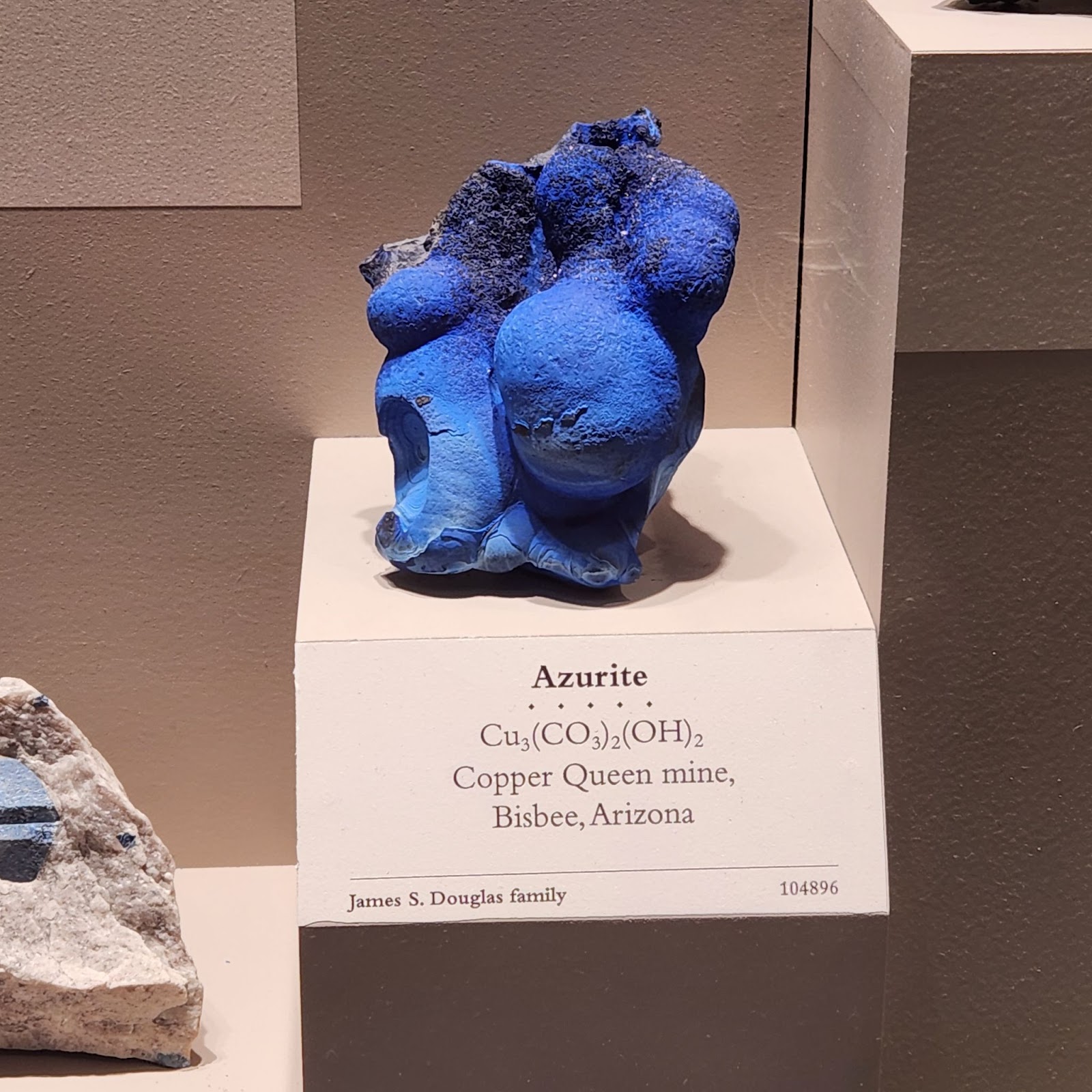
Lead Pb - white pigment
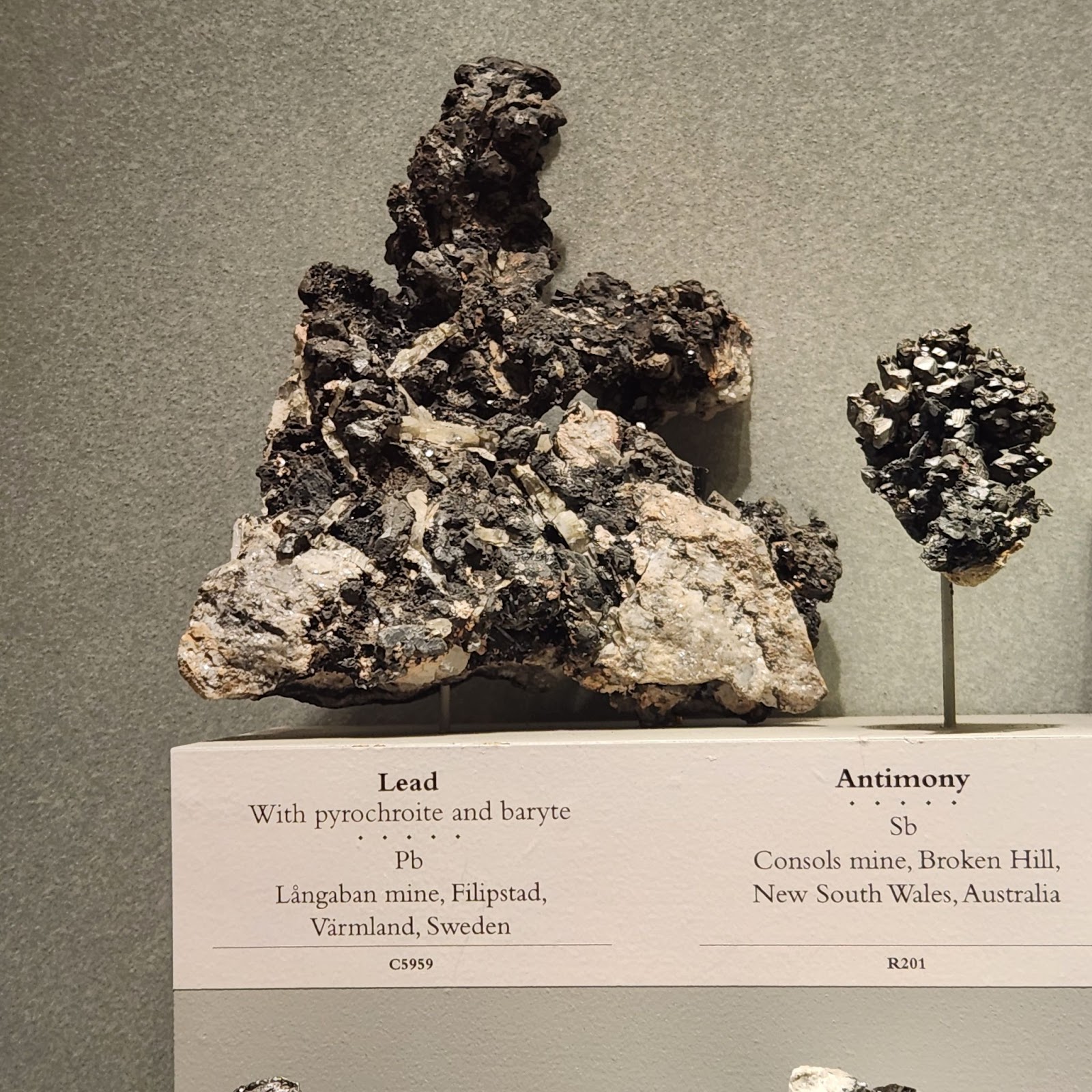
Appendix D: Samples of Paper-cutting in other manuscripts
De Bar Book of Hours
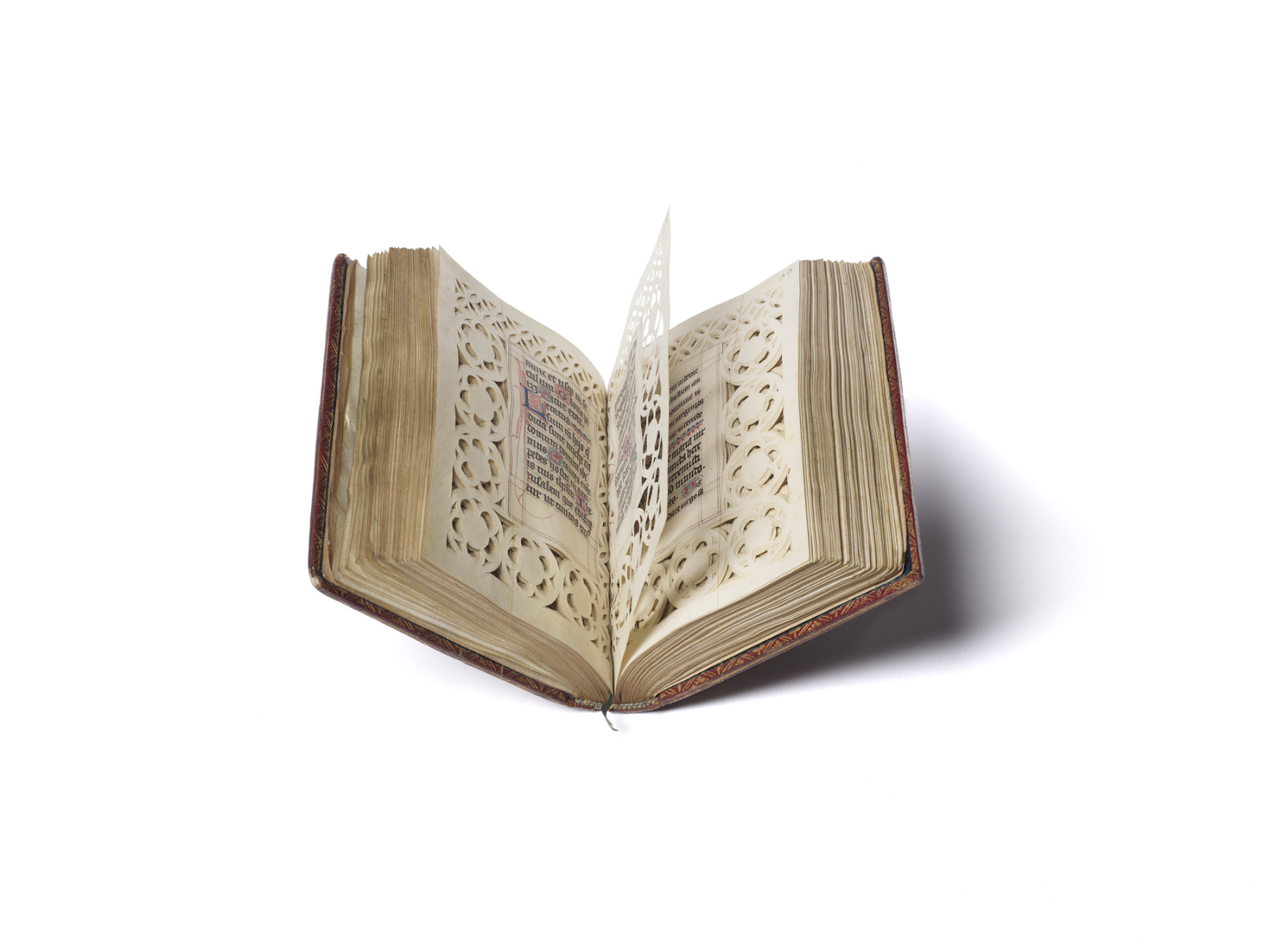
Lace book of Marie de’ Medici
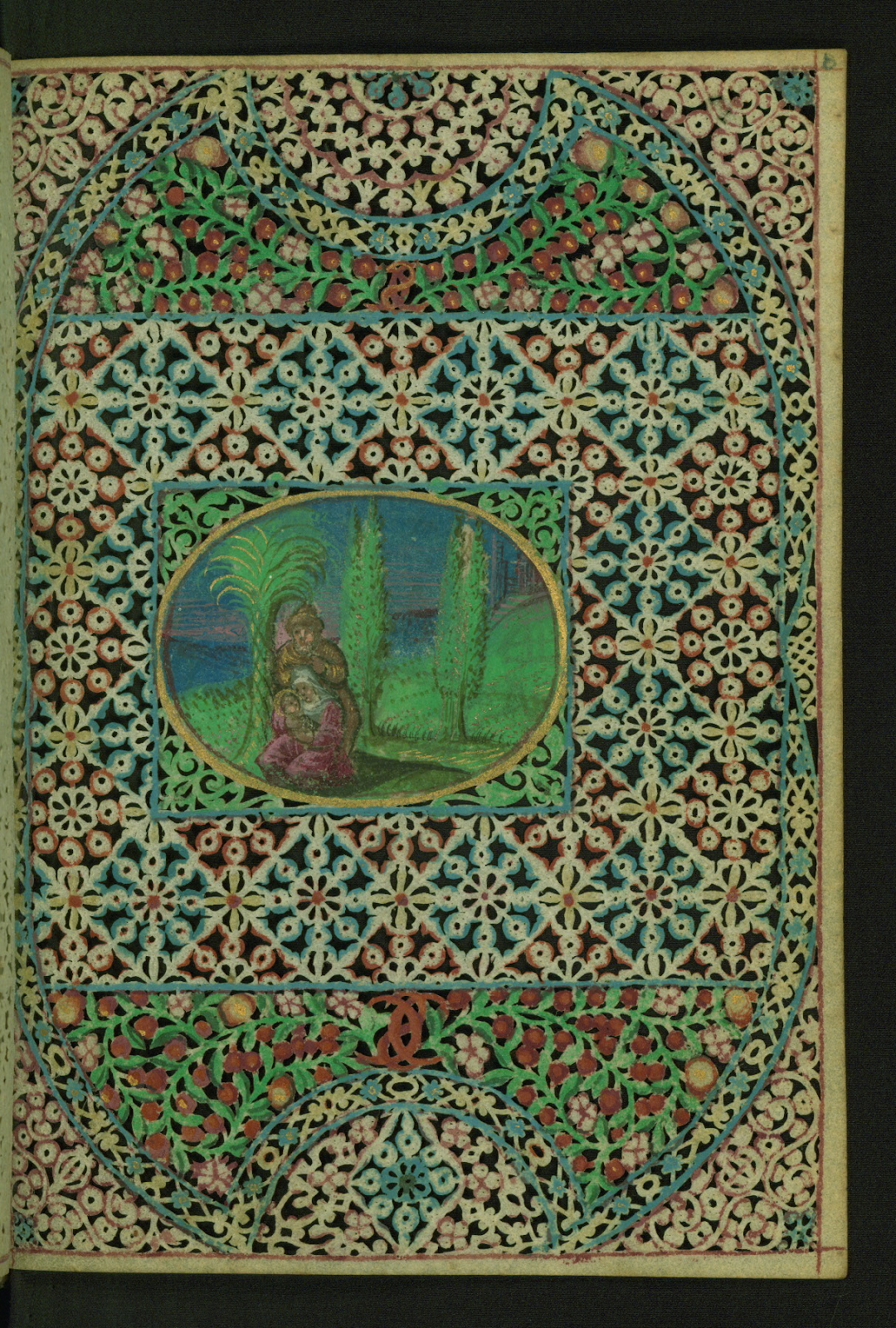
Esther Scroll

Appendix E: Annotated Bibliography
Barkeshli, Mandana. “Historical and Scientific Analysis of Iranian Illuminated Manuscripts and Miniature Paintings,” 74–88. The University of Melbourne, Australia: The University of Melbourne, Published by Minuteman Press: Spencer Street Melbourne, 2007
event-title: Symposium on the Care and Conservation of MiddleEastern ManuscriptsAn in depth exploration of illuminations through multiple periods in Central Asia. The paper includes a list of materials, including pigments, along with scientific review. the pigment analysis included a range of materials and colors used. Also includes sizing make up and amusingly enough preparing brushes and what makes the best materials.
Barkeshli, Mandana. “Publications By Prof. Dr. Mandana Barkeshli & Dr. Sadra Zekrgoo” n.d. https://www.persianmanuscriptmaterials.org/list-of-publications
List of publications for future reading and projects on Persian manuscripts, calligraphy, and illumination
.
Blair, Sheila S. “Color and Gold: The Decorated Papers Used in Manuscripts in Later Islamic Times.” Muqarnas 17 (2000): 24–36. https://doi.org/10.2307/1523288
This paper goes into detail of how Persian and Islamic manuscripts were embellished with gold and color. The article first goes into detail describing dyed paper. Techniques are compared to Chinese and European methods for dying paper. Dye materials are mostly from plant materials though some mineral dyes are used. Later in the article, it discusses the use of gold accents in manuscripts. While it is noted gold is used in painting, mention of a “gold sprinkling” technique is used to embellish paper.
Cennini, Cennino. Il Libro Dell’Arte. Dover Publications, 2016
Translation by Daniel V. Thompson, Jr.Written in the 15th C by Florentine painter Cennino Cennini, Il Libro dell’Arte is a manual for a student who aspires to become a painter. Cennini describes various aspects of his profession from their expected behavior, how to draw, to the creation of tools of the trade. The author goes into great detail of the quality of contemporary tools, techniques, and recipes for making supplies. The book contains information on pigments, paints, brushes, gilding, panel drawing, and more. His directions are thorough, easy to follow, and offers insight to troubeshooting.Cennini’s work is considered the “go to” source for SCA scribes looking to recreate medieval works of art. While similar to Theophilus’s On Diverse Arts, Cennini adds in his own personal touches and wittiness throughout the manual on how he feels an ideal student should act and aspire to be.
Clarke, Mark. Medieval Painters’ Materials and Techniques: The Montpellier Liber Diversarum Arcium. Archtype Publications Ltd, 2011
Translational summary of Montpellier Liber diversarum arcium (Book of Various Arts). The manuscript gives broad and practical instructions on painting and drawing on a variety of mediums. The book also includes several hundred recipes for making paints and inks.
Curators’ Tour of Silk Roads Exhibition at the British Museum, 2025. https://www.youtube.com/watch?v=prdfejAsrNI
Video made for part of the “Silk Roads” exhibit at the British Museum. The exhibit ran from Sept 24, 2024 - Feb 23, 2025.Rather than a single trade route between ‘East’ and ‘West’ the curator’s discuss the Silk Roads as an overlapping network that connected Asia, Africa and Europe. They discuss the influence and trade of goods ideas through the region between 500-1000 CE.
“CUT PAPER.” In Encyclopaedia Iranica, January 18, 2025. https://www.iranicaonline.org/articles/cut-paper-qeta-decoupage-also-monabbat-kari-filigree-work-a-type-of-applied-ornament-documented-in-persian-manu
Encyclopedia entry detailing cut-work in Persian manuscripts. This secondary source goes into detail of the surviving works using qati’a. Details about the *Divan* (the exemplar for this project) is talked about and its origins are condensed into one source. It further talks of decoupage calligraphy and filigree work being found in other examples of Persian art and bookbinding leading up to the 15th C into the 19th C. It notes example being used by the Mamluk (Turks who spanned from Egypt to Syria) and through the Ilkhanate dynasty to Mughul empire in India.
De Bar Book of Hours. February 9, 2025. https://art.thewalters.org/object/W.93/
The de Bar Book of Hours is an example of a French illuminated manuscript with paper-cut decorations. The book is by an unknown author from the 14th C. The manuscript is also very small with overall dimension being 4 3/4 x 3 15/16 in. (12 x 10 cm).The book is located at the the Walters Art Gallery, Baltimore MD
.
Desvergnes, Amelie Couvrat. “Cut-out Calligraphy from the Fifteenth and Sixteenth Centuries: Discussion of Its Origins and Significance and Observations on the Techniques and Tools Used.” Journal of Material Culture in the Muslim World, December 9, 2021. https://brill.com/view/journals/mcmw/2/1-2/article-p3_2.xml?language=en&ebody=references
This journal article covers five topics related to paper-cutting during the 15th-16th C. Part of the primary research for this paper are two folios of the Divan of Sultan Ḥusayn Bāyqarā.The author discusses the terms, composition, and history of paper-cutting in the Islamic world in the 15th C, but also delves into the history of the art as it originated in China. The section on tools gives insight on the various types of knives used. This paper has an extensive bibliography which was used as a jumping off point for other sources.This paper gives a broad view on qat’i and specifically lists out techniques, materials, and other extant examples of cut-out calligraphy and paper-cutting methods. This paper also specifically looks at the Divan as well offering another perspective about the work and its history. The references in this paper were examined specifically for primary sources. Of note, this paper also calls out mistakes and fixes in extant decoupage calligraphy pieces.
Desvergnes, Amélie Couvrat. “Qata’i or the Unseen: An Insight into the Technique of Découpage Manuscripts from Iran.” Institute of Oriental Manuscripts of the Russian Academy of Sciences First International Conference Oriental Manuscripts: Codicology and Conservation Issues, January 1, 2019. https://www.academia.edu/42927716/Q%C4%81tai_or_the_Unseen_an_insight_into_the_technique_of_d%C3%A9coupage_manuscripts_from_Iran
This paper gives a broad view on qat’i and specifically the Divan as an example of cut-out calligaphy. This was primarily used for Arabic terms and as a jumping off point to explore the Author’s other works.
Divan of Sultan Husayn Baiqara. 1500. Ink, opaque watercolor, and gold on paper; lacquer binding, H. 10 1/2 in. (26.7 cm)W. 7 1/4 in. (18.4 cm). https://www.metmuseum.org/art/collection/search/453164
A detached folio from the Divan of Sultan Ḥusayn Baiqara house at the Metropolitan Museum of Art in New York.
Divan of Sultan Husayn Mirza. ca 1490. Ink, opaque watercolors, and gold on indigo blue ground, with decoupage and gold-flecked border, 8 7/8 x 5 1/4 in. (22.5 x 13.3 cm). https://www.brooklynmuseum.org/opencollection/objects/57526
A detached folio from the Divan of Sultan Ḥusayn Mirza housed at the Brooklyn Museum in New York.
Ekhtiar, Maryam D. How to Read Islamic Calligraphy. The Metropolitan Museum of Art, 2018
One the the Met’s “How to Read” series with extensive photographs and examples of Islamic art with calligraphy. The book dives into the major types of Islamic calligraphy script styles and explains their use and context. Examples include qurans, glassware, pottery, carvings. Photos from this book were used in the appendices.
Floor, William. “Art (Naqqashi) and Artists (Naqqashan) in Qajar Persia.” Murqarnas 16 (1999): 125–1154
While focusing on the post-SCA Qajar period, this paper goes into detail the jobs and scope of naqqash (Persian manuscript painters) and the craftsmen that supported them. It brings to light the wide range of activities associated with the arts (including drawing, sculpting, design, etc) that would be delegated to either less skilled or differently skilled artists from the “lead” artist. This also details some differences between Timurid and Safavid artisans from their more modern Qajar counterparts. Specifically earlier artisans were not as exposed to the wider world as a whole, but did more manuscript paintings. Qajar artisans excelled in lacquer, enamel, and oil painting.
Folio from Divan of Sultan Husayn Mirza. 1490. https://asia.si.edu/explore-art-culture/collections/search/edanmdm:fsg_F1929.66/
A folio from Divan of Sultan Husayn Mirza house at the Smithsonian National Museum of Asian Art in Washington DC. This folio is what the project was inspired by and serves as the exemplar for the finished pieces.
Forbes Manz, Beatrice. The Rise and Rule of Tamerlane. Cambridge University Press, 1989
An academic biography of Timur that also examines the political and cultural background of the Mongols descendants of Genghis (Chinggis) Khan. The book focuses less on his conquests and military action of Timur’s success. Instead, the political nature of the tribal climate, his rule, and the eventual weakening of his empire when handed to his successors.
Ford, Hye-gyoung (Holly). “How to Make Rice Water (Rice Starch Water).” Food blog. Beyond Kimchee (blog), May 28, 2021. beyondkimchee.com/how-to-make-rice-starch-water/
Food blog specializing in Korean recipes and Asian dishes. The blog post briefly discusses rice starch water in Korean cooking (as well as use in beauty treatments). This had step by step directions on how to create rice starch water with pictures. A key reason this source was used was it contained storage directions for the starch water.
Hillenbrand, Robert. Islamic Art and Architecture. Word of Art. Thames & Hudson, 2021
This book covers a broad range of dates starting with the Arab conquest of the region through the 1900s and the arts of those times. The book has a variety of examples of calligraphy and illuminations for the Timurid Empire. It also goes in depth into the rule of Timur, patronage of the arts under him and his successors, and eventually the emipre’s downfall. This book also has a nice glossary of terms.
Illustrated Esther Scroll with Cut-Out Border. late 17th century(?). https://cja.huji.ac.il/browser.php?mode=alone&id=355484
An illuminated manuscript of the Book of Esther with cut-out decoration in parchment possibly from the late 17th century. This is used as an example of how the art of paper-cutting traveled and crossed culture from its origins in China. The manuscript is housed in the Ets Haim Library (Livraria Montezinos) in Amsterdam, Netherlands.
Knipe, Penley, Katherine Eremin, Marc Walton, Agnese Babini, and Georgina Rayner. “Materials and Techniques of Islamic Manuscripts.” Heritage Science 6, no. 1 (September 19, 2018): 1–40. https://doi.org/10.1186/s40494-018-0217-y
This journal article goes over pigments, tools, and techniques of manuscript painters. The biggest source used for the article was the analysis of pigments used in the manuscripts examined (Table 1 in the article). It also goes into detail of the color of inks and underdrawings. This also discusses types of size and glues used on manuscript paper.
Lace Book of Marie de’ Medici. 17th century. https://manuscripts.thewalters.org/viewer.php?id=W.494#page/22/mode/2up
The Lace Book of Marie de’ Medici is an out of period illuminated manuscript from the 17th C (with pages added from the 15th C).The Walters Museum of Art in Baltimore where the manuscript is housed, notes that the paper-cutting technique (called “canivet”) was used in France, Germany, and the Netherlands beginning in the 16th C.
Martelli, Matteo. “Chapter 5 ‘Alchemical’ Inks in the Syriac Tradition.” In Traces of Ink, Vol. 7. Nuncius Series. Brill, 2021. https://brill.com/display/book/9789004444805/BP000014.xml
This chapter in the book examined manuscripts from the fifteenth and the sixteenth centuries that contain recipes for metallic inks (gold and silver). Also included along with the recipes is terminology used in other ink recipes from earlier periods. It’s mentioned that the collective terminology and even recipes have consistency in the ink making process. Examples include iron gall ink (10th century CE) and Philo of Byzantium’s inks from the 3rd century BCE.The recipes for gold ink have various ingredients that take into account the change of color desired for the ink and the writing material being used. Most of the recipes discussed look to be suspensions of ground gold of shavings of gold.
Puriton, Nancy, and Mark Watters. “A Study of the Materials Used by Medieval Persian Painters.” Journal of the American Institute for Conservation 30, no. 2 (1991): 125–44
This journal article goes over much of the materials used by medieval Persian artisans. A bulk of the information was obtained from a study of 19 Persian paintings dating from the 15th to the 17th centuries in the Los Angeles County Museum of Art (LACMA) collection.
Rettig, Simon. “Calligraphers and Painters: The Foundational Translation of a Late Sixteenth-Century Persian ‘Treatise’ on the Arts of the Book. A New Introduction.” Freer Gallery of Art Occasional Papers Series 3, no. 2 (1959) (2017): 257
Republishing of “A Treatise by Qadi Ahmad, Son of Mir-Munshi (circa A.H. 1015/A.D. 1606)Translated from the Persian by V. Minorsky2016 Interactive Online Addition with new introduction, illustrations, and updated bibliography. Originally published in 1959.Qad Ahmad’s Treatise covers:- Thuluth script, it’s origins and other styles of writing. - Masters of the ta’liq script - Masters of the nasta’liq style script - Techniques of painters, gilders, masters of gold springing and “decoupe” work, dyers of paper, and cognate matters
.
Roxburgh, David J. “Persian Drawing, Cs 1400-1450: Material and Creative Procedures.” Murqarnas 19 (2002): 44–77
This journal article primarily looks at the materials and techniques of drawing during the Timurid Empire. A lot of focus is put on the practice of “under drawing”, which is the sketches underneath an illumination used as a guide. Interestingly, the article goes into detail on different types of inks used for drawing and also the practice of “pouncing”, transfering a drawing to another sheet. Other illumination techniques often seen in European sources are pointed out and examined in these Persian examples. The styles and techniques in the Persian art style are compared to Chinese art styles and their similarities noted.
Shedding Light on the Shahnama. Smithsonian National Museum of Asian Art, n.d.
Directors: _:n98Video made for part of the “Epic of Kings: The Great Mongol Shahnama” exhibit at the National Museum of Asian art. The exhibit ran from Sept 21, 2024 - Jan 12,2025.This video highlights recent scientific analysis of the illustrations on the fourteen Great Mongol Shahnama folios in the National Museum of Asian Art’s collections. Scientists used different forms of light to learn more about the pigment composition of the paintings and the creative process of Persian artists in the 1330s. They also identified possible alterations that may have been made centuries later.Specific pigments and pigment mixtures used in Persian art during this time period are mentioned.
Sneak Peek | Exhibiting a Book like No Other: The Great Mongol Shahnama, 2024. https://www.youtube.com/watch?v=OCWFxLrQAaQ
Video sneak peak for the “Epic of Kings: The Great Mongol Shahnama” exhibit at the National Museum of Asian art. The exhibit ran from Sept 21, 2024 - Jan 12,2025.Curator Simon Rettig gives an overview of the museum’s exhibition An Epic of Kings, which includes twenty-five folios of the now dismantled manuscript. In the video Rettig also introduces the intricate text-image relationship in this copy of the epic poem by Firdawsi.Similar themes and the incorporation of images are also compared to Chinese and European artwork from the similar time periods.
Subtelney, Maria Eva. “Socioeconomic Bases of Cultural Patronage under the Later Timurids.” International Journal of Middle Eastern Studies 20, no. 4 (January 29, 2009).
———. Timurids In Transition Turko Persian Politics And Acculturation In Medieval Iran. Vol. 19, 2007. http://archive.org/details/brills-inner-asian-library-maria-e.-subtelny-timurids-in-transition-turko-persia
This book goes into the details and working of the Timurid Empire from the founding with Timur. It goes into great detail of the reign of Sultan Husain Bayqara and notes that he is the most documented ruler of that time period. This was mostly used as a reference for Husain Bayqara and background information on Herat during the time period.
Ten Grotenhuis, Elizabeth. “Stories of Silk and Paper.” World Literature Today 80, no. 4 (August 2006): 10–12
Journal article that looks at the exports of silk and paper as it spread from China, to Central Asia, and finally to Europe. It discusses the relationship of silk and paper production in early China going into its history and how it was later integrated into regions along the Silk Road. Also briefly discussed are the techniques of silk and paper making and how it was coveted in the west.
Theophilus, John G. Hawthorne (translator), and C. S. Smith (translator). On Divers Arts. Dover Art Instruction. Dover Publications, 1979
Written in the 12th C, On Divers Arts is the oldest extant manual on artistic crafts to be written by a practicing artist. Theophilus covers crafts such as glass blowing, metal working, and painting. This translation of Theophilus’ work includes his philosophy and musings while conveying practical information. The wide variety of craftings included in the book is expansive. This was used to support recipes and materials used before Cennini’s work was published.
“Timurid Dynasty Map,” August 29, 2007. https://upload.wikimedia.org/wikipedia/commons/a/a2/Timurid_Dynasty_821_-_873_%28AH%29.png
Map of the Timurid Dynasty with modern country borders. The names of the modern countries were added in black by my for this project.
Tsien, Tsuen-Hsuin. “Raw Materials for Old Papermaking in China.” Journal of the American Oriental Society 93, no. 4 (1973): 510–19. https://doi.org/10.2307/600169
This article discusses the various raw materials used for papermaking in China and discusses how the materials changed depending as the process moved to Europe. The oldest materials were hemp and other plant based fibers, before moving to grasses such as rattan and bamboo. Other materials are also discussed. It raises the controversial beliefs of the use of cotton and silk for paper making listing pros and cons of the belief.
Yang, Crystal Hui-Shu. “Cross-Cultural Experiences Through An Exhibition In China and Switzerland: ‘The Art of Paper-Cutting: East Meets West.’” Notes in the History of Art 31, no. 3 (2012): 29–35
This journal article is a summary of the cultural exchange program between China and Switzerland in 2007. This paper was primarily since it had condensed background information on paper and paper-cutting in Tang Dynasty China from other sources. It was also used for definitions used in Chinese paper-cutting.
Zadorozhnaya, Anna. “What Is the Difference Between Watercolour and Gouache?” Jackson’s Art Blog (blog), June 22, 2023. https://www.jacksonsart.com/blog/2023/06/22/what-is-the-difference-between-watercolour-and-gouache/
A tertiary source (blog post) that goes surprisingly in depth to describe the differences between watercolor and gouache paints. It also touches on techniques of using other materials as well as the pros and cons of each for a given application.



